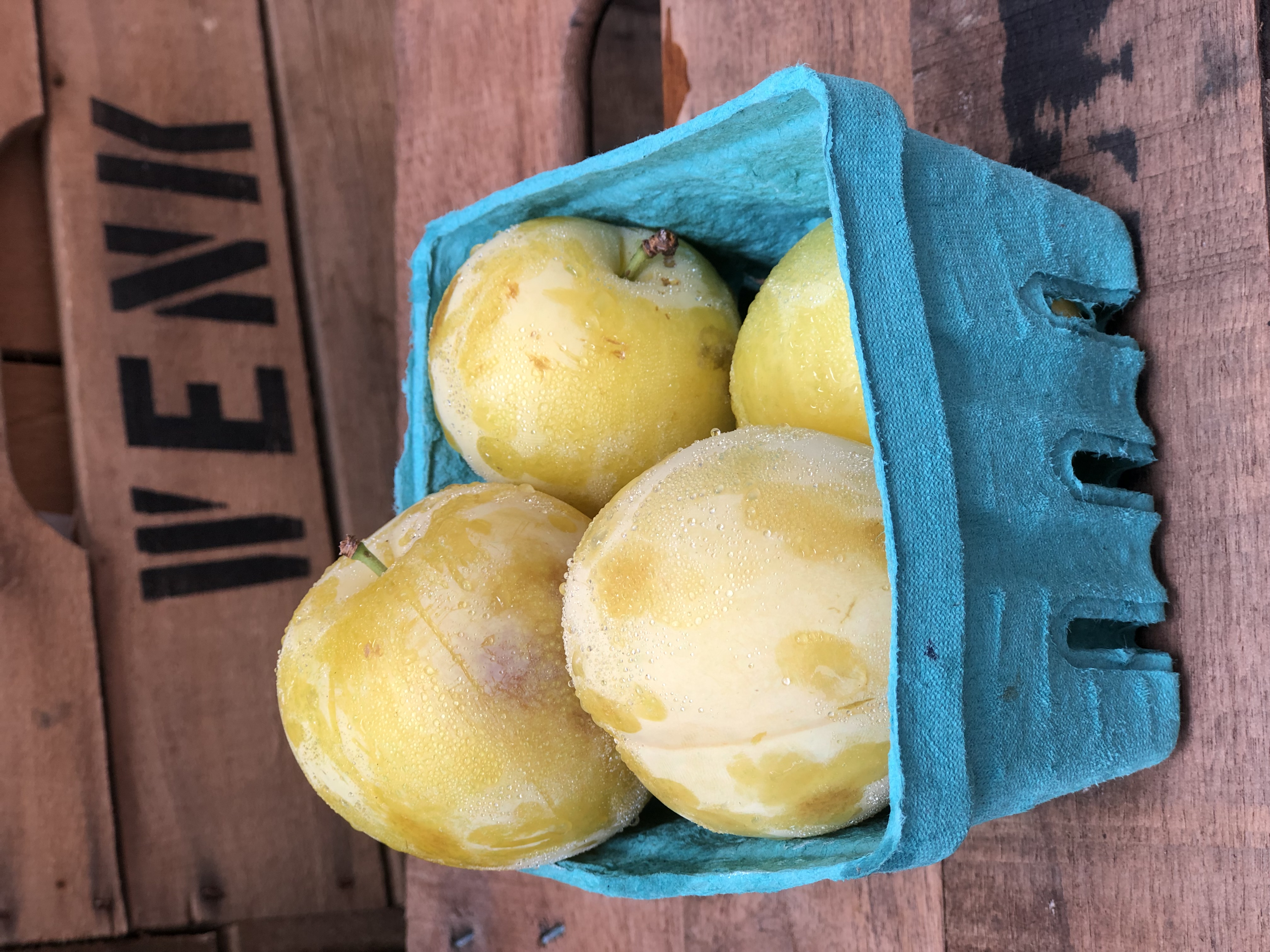Something else I’m always talking about in meatspace (perhaps “complaining about” is more apt) which is especially relevant in August in DC:
The dew point.
Bear with me.
Most of us are accustomed to talking about the humidity percentage. But as I laze here indoors on this mid-August mid-Atlantic free sample of purgatory with a lingering migraine, it’s 93 degrees out and just 50% humidity. So why does it “feel like” 100 degrees? Why, when one steps outside, does the sweet release of death suddenly seem so appealing, whereas 93 degrees in my arid hometown would be patio weather for the semi-hardy? 50% humidity doesn’t sound terrible.
And how can Olympia, Washington be one of the most humid cities in the country, and no one there sweats profusely while cursing existence?
As this article from the Washington Post’s Capital Weather Gang explains, humidity percentage is an expression of relative humidity—how much water vapor is in the air relative to the air temperature. You could have 90% humidity at 32 degrees, or 90% humidity at 90 degrees, and there is a very different amount of water vapor in those two air situations. Hot air can hold far more water vapor than cold air, so higher relative humidity in warmer air is bad news for people who don’t like their air drinkable.

The relative humidity percentage, then, doesn’t tell you what you want to know, which is how miserable you’ll feel if you dare to venture out. Weather nerds prefer using the dew point, which is the temperature at which water vapor will form dew. Think of a cold drink brought outside on a hot day: how long will it take for water droplets to form on the outside of the bottle? A higher dew point means that the droplets will form quickly, because the air touching the bottle won’t have to cool very far to form dew. The higher dew point means there is more water vapor in the air generally, as the air becomes closer to saturated with water. And more water in the air means more discomfort.
For those new to dew points, the number will mean almost nothing to you at first. But if you memorize a quick set of reference points about the dew point (perhaps from this handy chart) you can quickly get a sense of the system. For example: during my walk earlier today, the dew point was 74, which is abominable. At the time, the temperature was 81 or so, which gives us a relative humidity of about 80%. I was…not thriving. And I knew it, because the dew point was 74, and I looked like this:

Now, the dew point is supposed to tell us how our delicate human bodies will feel when we are exposed to a certain amount of water vapor. The Capital Weather Gang helped us out with this handy graphic:
What do we think of this humidity??? Dew point in DC is 71 at 4p… Yep, that's back in GROSS territory. pic.twitter.com/tHUAsLF95Z
— Capital Weather Gang (@capitalweather) May 19, 2019
But, it seems, even though no one ever says they get used to this humidity, we are somewhat accustomed to it. I mean, look at how much more delicate people are in Idaho:
DC humidity chart vs. Idaho humidity chart. Differences are stark and fascinating: https://t.co/PjGjcZZaeW pic.twitter.com/lI3SMUBitb
— Capital Weather Gang (@capitalweather) June 29, 2016
“West is best,” I scream into the swamp as I melt into a puddle of sweat and tears and the whisper of a dream of autumn.
Pingback: A brief, loud noise. | PsychoPomp